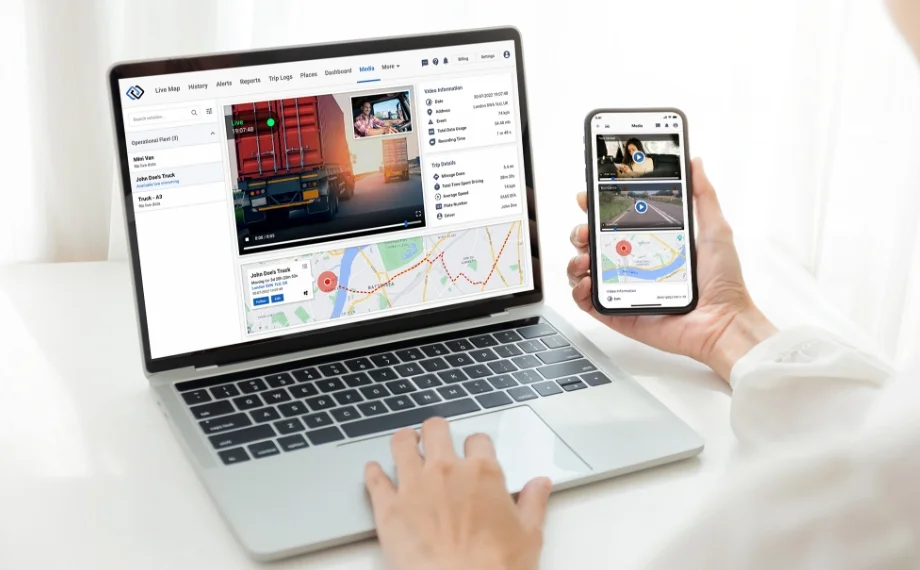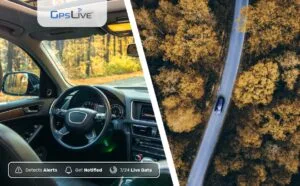The two most important aspects of any fleet business are its vehicles and drivers. Vehicles should be well-maintained to avoid any breakdowns and deliver efficient services. Likewise, drivers should be skilled enough to drive vehicles properly and ensure timely delivery. If either of the two is not functioning sensibly, the workflow operations are bound to be disrupted.
However, fleet companies have to be extra careful about drivers. This is because a damaged vehicle can be repaired, but it is unimaginable to compensate for a loss of life. Hence, it is imperative that, along with efficiency, fleet managers must ensure safe operations.
Earlier, it was difficult for fleet managers to monitor drivers’ performance remotely, but with the advent of fleet telematics systems, they can gain a bird’s eye view of all operations. And when coupled with a dual-facing dash camera, one can validate drivers’ actions by reviewing the video footage.
A standard dash camera is mounted on the vehicle’s dashboard that records on the road events via the windscreen. However, a dual-facing dash camera is installed on the windshield with two camera lenses–one facing the road and the other inside the cabin. So, these cameras record what’s happening on the road and inside/back view of the vehicle.
Fundamentally, dual-facing fleet dash cameras are designed to record everything during accidents and collisions. Plus, these cameras leverage intelligent AI algorithms and IoT and provide predictive insights that can ensure the safety of drivers.
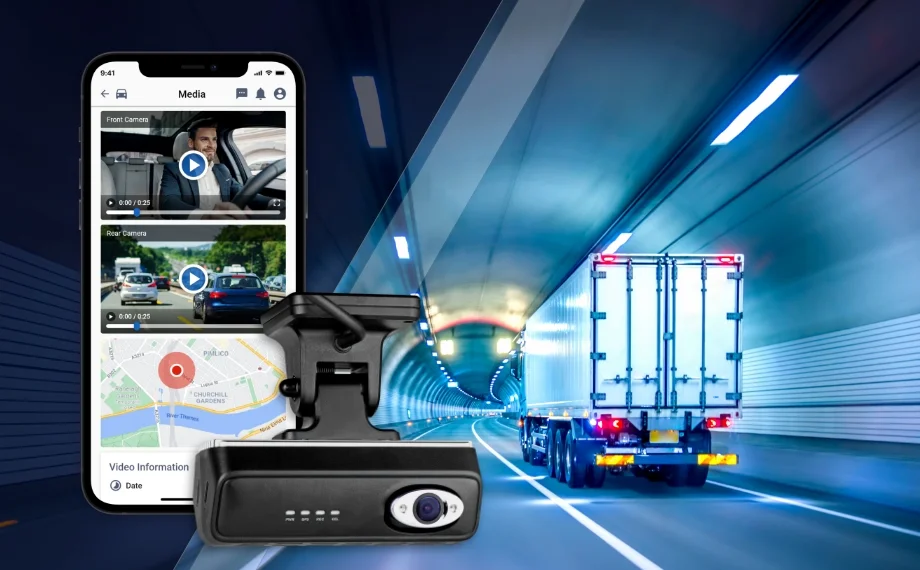
Impact and Incident Detection
Leading dual-facing cameras are 4G connected, which enables fleet admins to view the footage from any device. Having said that, one of the essential features of such a camera is that it provides impact and incident detection. The equipped g-sensor and accelerometer work with intelligent algorithms and detects crashes and harsh events. Further, with the ability to set up alarms, the camera notifies fleet admins of collisions or important events. This way, fleet managers no longer have to keep an eye on drivers at all times.
This works equally well if thieves try to steal the vehicle. Nowadays, thieves have an eye on fleet vehicles because of the high-tech systems installed, and they typically get a handsome amount by selling them. As the dual-facing fleet dash camera detects an impact, it notifies fleet admins when somebody tries to break in or tamper with the vehicle. The camera does not turn off but instead goes into sleep mode when not in motion. For example, if drivers stop the vehicle at a rest stop and thieves attempt to steal when drivers are not around, the camera starts recording and notifies of an impact. Drivers can instantly run and save vehicles from the clutches of criminals.
Impact and incident detection safeguard drivers before something worse can happen. Plus, instant notification lets fleet admins be in constant touch with drivers and work on things that go unplanned at the earliest.
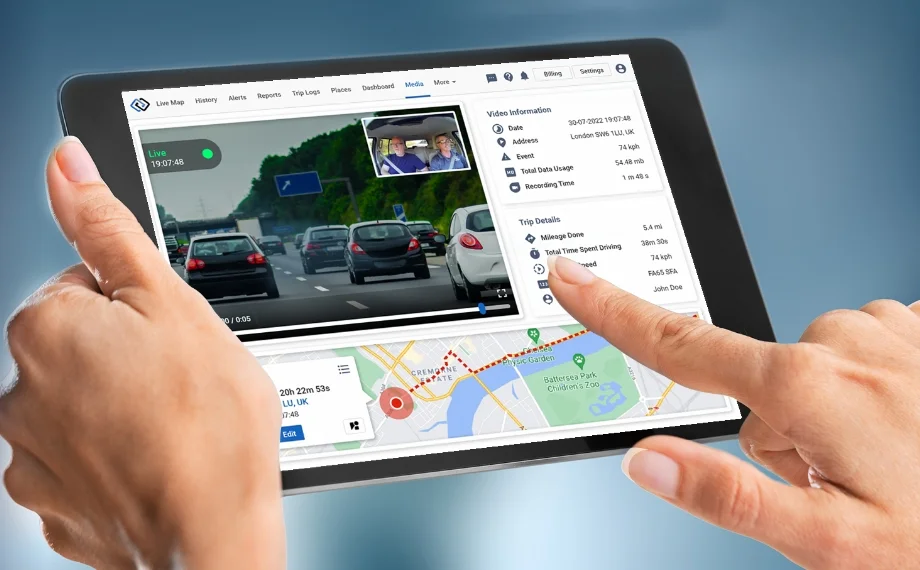
Real-time Location Tracking
The in-built g-sensor of the camera offers real-time location details of the drivers and vehicles. Fleet admins can use real-time location coordinates to help drivers during accidents. The dual-facing dash camera uploads the footage directly into the cloud, eliminating the storage problem and the need to manually retrieve memory disks from vehicles. Fleet admins can access and retrieve custom footage from a custom date and time for up to 10 days.
Further, the g-sensor detects lousy driving behaviour such as harsh acceleration, hard braking, sharp turns, etc., which can lead to accidents. It notifies such unacceptable driving behaviour to fleet admins to foster good driving habits. Managers can pinpoint drivers about such practices and provide additional training to curb the number of accidents and ensure safe trips.
Moreover, they can use video footage of dangerous driving behaviour to proactively educate new drivers about risky habits. New drivers will try not to indulge in practices that can damage vehicles and operations, reducing accident risks and protecting their lives.
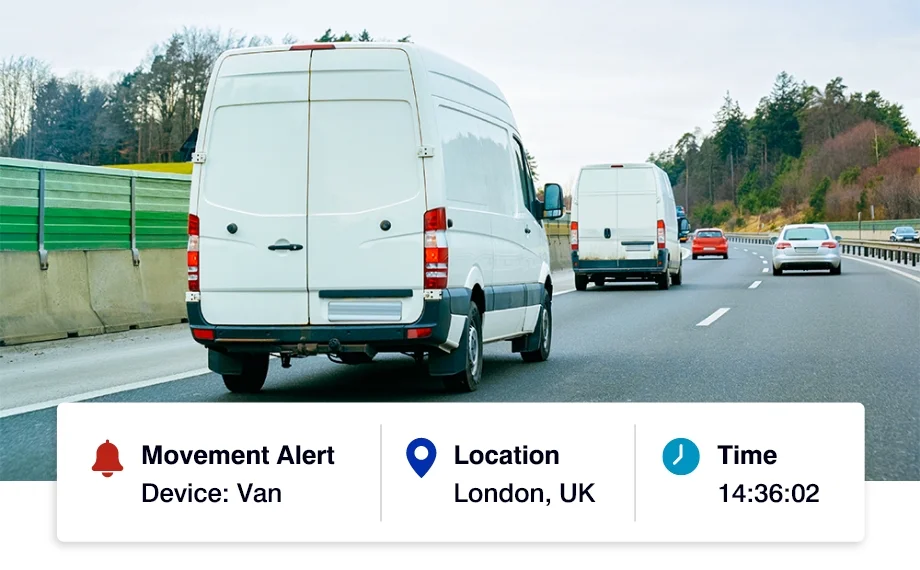
Alleviate External Conditions
External conditions, such as bad weather conditions, road obstacles, etc., can cause accidents. Snow-capped roads or heavy rains can make it risky for drivers to go beyond a particular speed. When we talk about rainy and snowy conditions, they tend to make the road wet and slippery. If you’re driving fast on such roads, your vehicle can lose its traction and spin, which is very risky and difficult to control.
However, the integrated GPS chip and AI in the dash camera can detect road obstacles and alert drivers and fleet managers. Further, when the 4G connected dash camera is integrated with vehicle telematics or a fleet management system, fleet admins can communicate with the driver remotely and offer them alternative routes in real-time for better safety and security.
Safeguard your Drivers
When fleet admins can mitigate accidents and risky situations, they are ensuring the safety of drivers as well as reducing the operating costs of repairing damaged vehicles. Moreover, when drivers know dash cams are installed in their vehicles, they’ll drive responsibly and foster safer driving practices.
